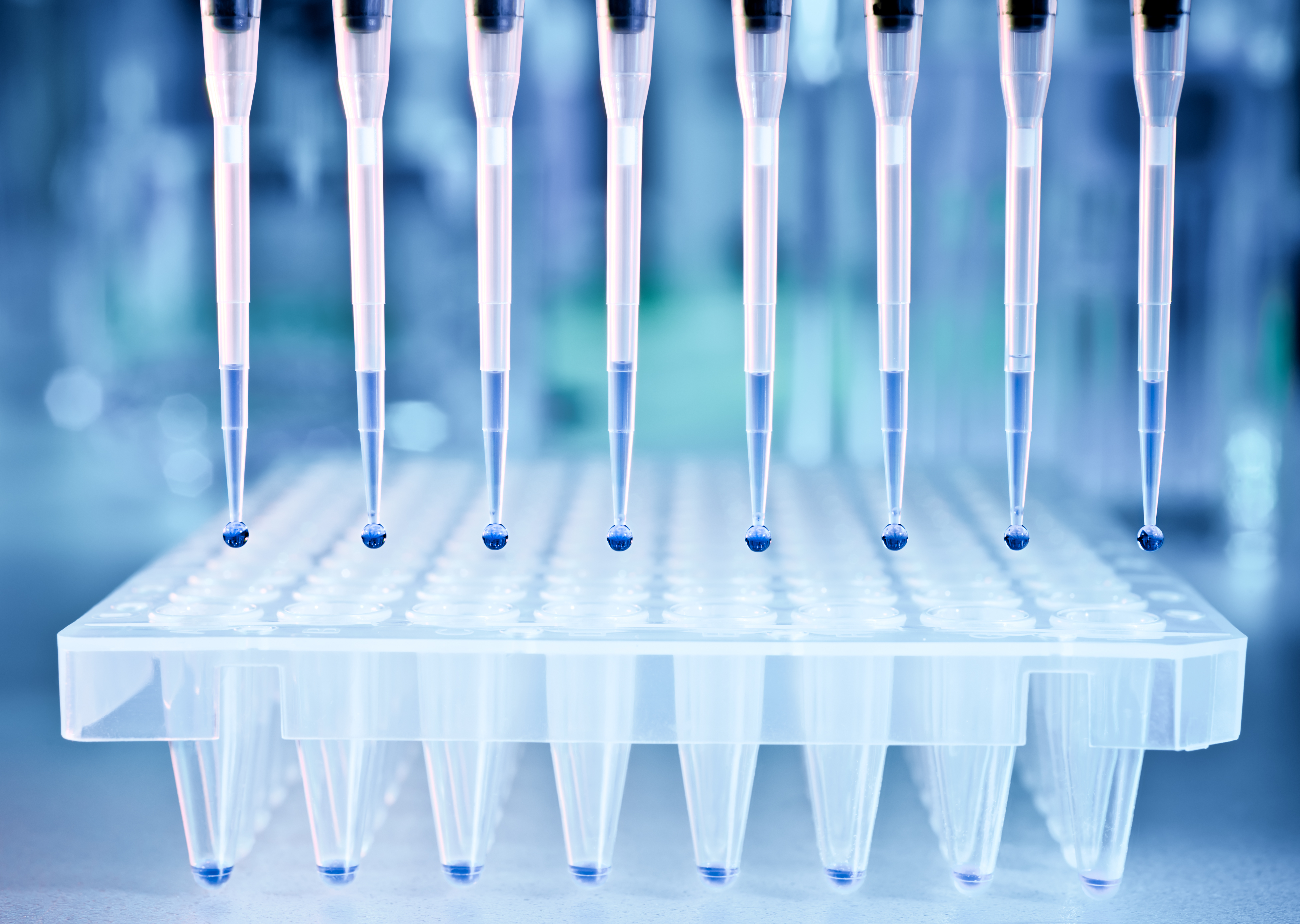Scleroderma Researchers ID New, ‘Personalized’ Way of Classifying Disease
Written by |

A new and promising way of classifying the debilitating autoimmune disease scleroderma has been developed by researchers in Australia. Their study, published in the journal Arthritis and Rheumatology, is titled “Interpretation of an Extended Autoantibody Profile in a Well-Characterized Australian Systemic Sclerosis (Scleroderma) Cohort Using Principal Components Analysis.”
Scleroderma is a rare, autoimmune rheumatic disease that affects the skin and other organs of the body, and is linked to an abnormal immune response. Marked by a thickening and tightening of the skin, and by inflammation and scarring of organs that include the lungs, kidneys, heart, and intestinal tract, it largely affects women between the ages of 30 and 50.
Scleroderma has been studied for decades through an assessment of skin fibrosis. For this study, lead author and PhD candidate Karen Patterson and Flinders University colleagues took a different approach, looking at the autoantibodies profile of scleroderma patients and their established clinical associations.
“Assessing skin fibrosis can be difficult because the degree of fibrosis varies over time,” Dr. Patterson in a news release. The new “personalized medicine” approach the researchers developed is likely to be more precise for disease prognosis and for patient stratification according to disease subsets, a factor essential for clinical trials.
Researchers analyzed the serum of 505 Australian scleroderma patients for relevant autoantibodies, including against centromere proteins CENP-A and CENP-B, RNA polymerase III (RNAP III), NOR-90, fibrillarin, and topoisomerase I.
The team was able to distinguish five major autoantibody clusters (depending on the presence and combinations of autoantibodies), and to establish an association between these clusters and specific clinical and serological parameters in the patient cohort analyzed — namely, a distinction between limited cutaneous or diffuse cutaneous scleroderma, the risk of Raynaud’s phenomenon (excessively reduced blood flow in arteries in response to cold temperatures or emotional stress), joint contractures, telangiectasia (dilatation of the capillaries), esophageal dysmotility (irregular esophageal contractions), and gastric antral vascular ectasia (dilated blood vessels in the stomach that result in intestinal bleeding).
Professor Peter Robert-Thomson, former clinical director for the SA Pathology Immunology Directorate, and chairman, Quality Assurance Program in Immunology (RCPA), believes this work is a step forward in the hunt for an efficient scleroderma biomarker. “Karen’s work is likely to be a game changer in the diagnosis and stratification of this disease and it is even more impressive considering there has been almost no progress over the last 30 years in characterising this disease and in finding an effective therapy,” he said.
The research team concluded that scleroderma stratification and subclassification by using autoantibodies could have clinical value, especially in early stages of the disease.
Dr. Patterson emphasized that the study could hold implications for the treatment of other autoimmune diseases as well. “Scleroderma is a rare condition, but there are over 80 autoimmune diseases which collectively affect about 10 percent of the population (mostly women) and of course this contributes greatly to the overall burden of disease in social and economic costs,” she said. “It’s called an ‘orphan disease’, but studies on autoimmune disease have the great potential in aiding other autoimmune diseases as many of the symptoms are shared. That’s why they are so hard to diagnose.”





